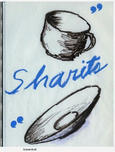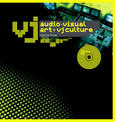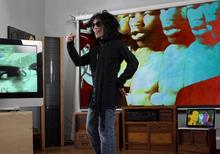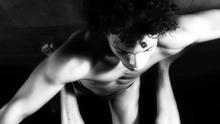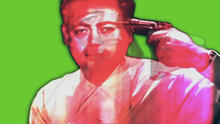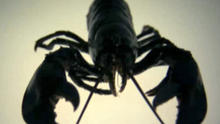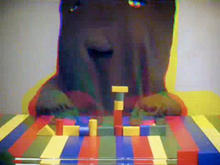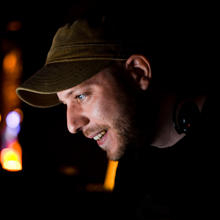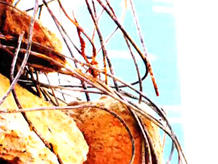Ugoku
(2007)by Kasumi is an experimental film/ animation hybrid, found footage and a live performance. The use of vibrant color, visual rhythm and repetition to flesh out the abrupt juxtapositions of classic montage technique.
"A bizarre legion of ever-evolving characters culled from hundreds of found footage sources move with heart-pounding, eye-popping precision to intense beats while kaleidoscopic arrays of colors explode like digital mescaline. This Warhol meets Escher hybrid film and animation unfolds in a surrealistic, multi-dimensional vortex that gives rock the body a new meaning. Every element of each image: movement, gesture, color, tempo, etc., is reanimated and synchronized to specific sounds in the music, creating layered and hypnotic psychotropic rhythms which in a normal state of consciousness would go otherwise unnoticed. Objects and characters are placed in unexpected contexts and tiers revealing entirely new structural formations, penetrating meanings and subliminal interpretations. 'Like a tool video on acid.'
Premiere screening: Sapporo International Short Film Festival Japan 2007
Portions were screened at SIGGRAPH 2007 and as part of the Visual Music Marathon, created by Northeastern University."
Source: Kasumi on Vimeo
